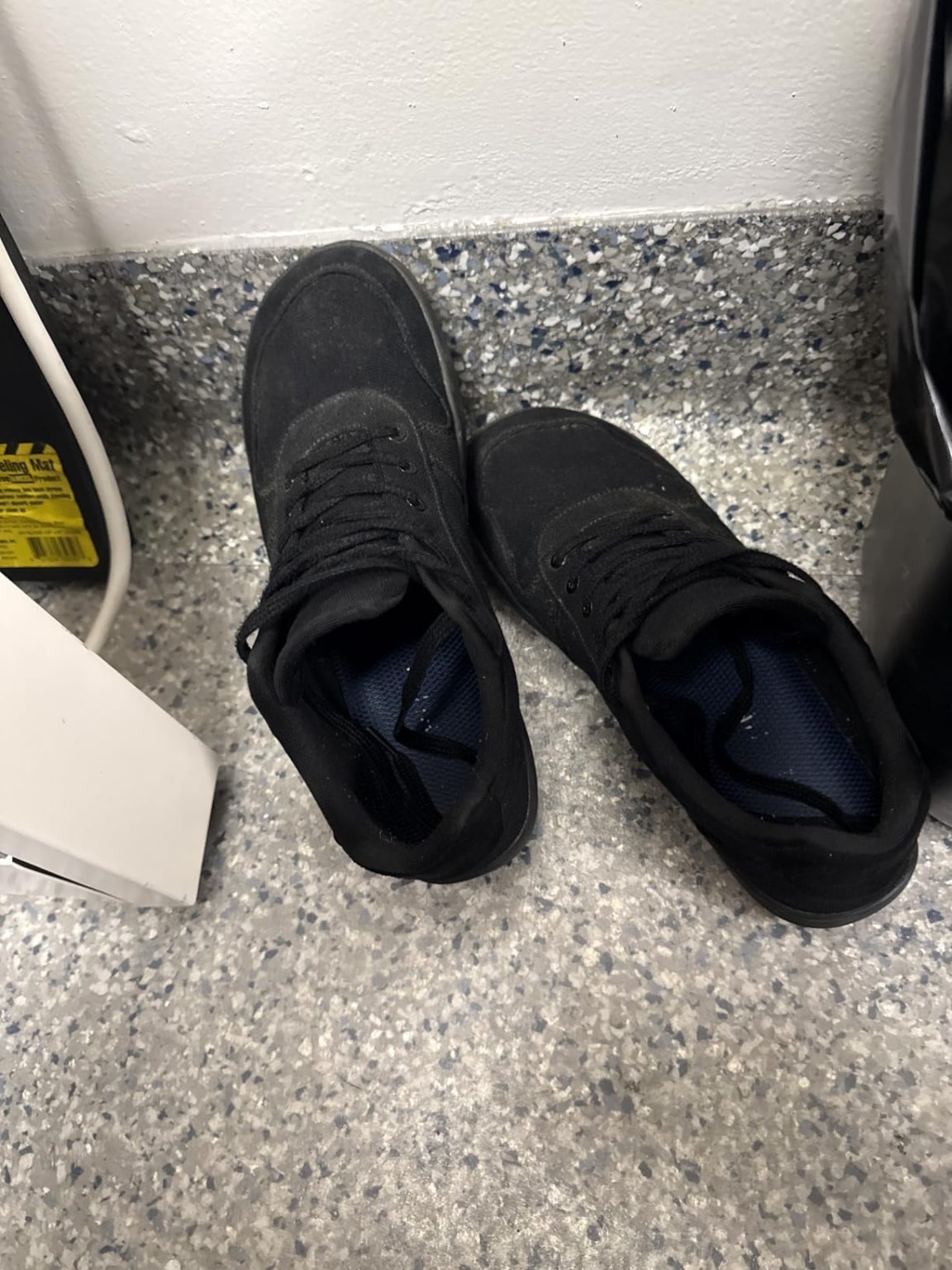After my Vans started falling apart for the third time this year, I was fed up paying premium prices for shoes that couldn’t handle my daily routine. Mike here, and working retail on concrete floors 8 hours a day plus weekend hiking, I needed something that wouldn’t destroy my feet or my wallet. That’s why I spent 12 weeks putting the WHITIN Men’s Wide Barefoot Shoes through every test I could imagine, from 8-hour work shifts to 5-mile trail walks. Here’s whether these $40 canvas minimalists can actually deliver.
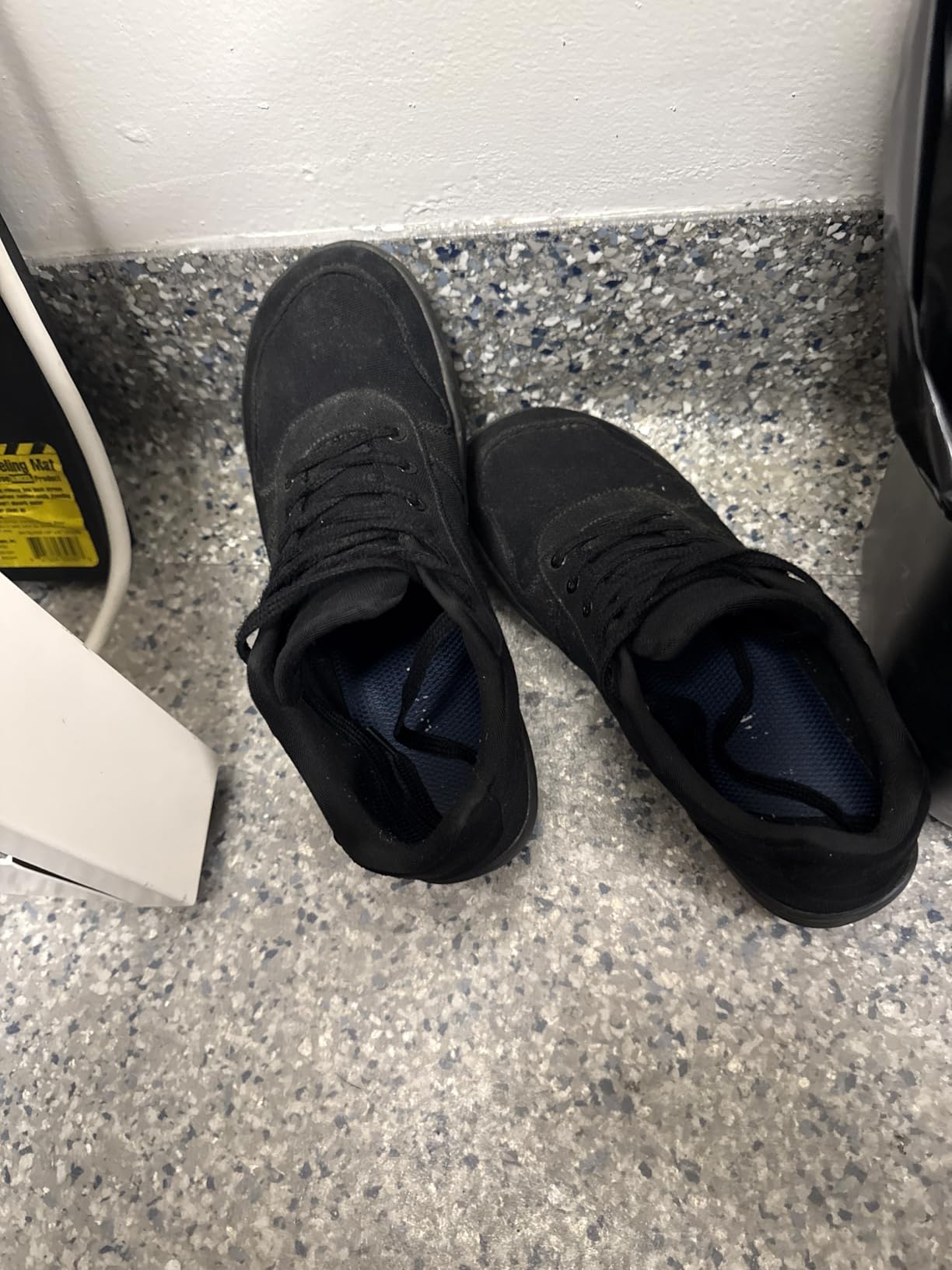
Technical Specifications
- 💰 Price: $40 ()
- ⚖️ Weight: 8.2 oz (men’s size 10)
- 📏 Heel-to-toe drop: 0mm (true zero drop)
- 📐 Stack height: 8mm heel / 8mm forefoot
- 🧪 Midsole material: Minimal EVA foam
- 👟 Upper material: Canvas with synthetic overlays
- 🏃♂️ Category: Minimalist lifestyle sneakers
- 🎯 Best for: Casual wear, light training, barefoot transition
- ⏱️ Testing period: 12 weeks, 85+ hours of wear, multiple surface types
Design, Build Quality & Real-World Performance
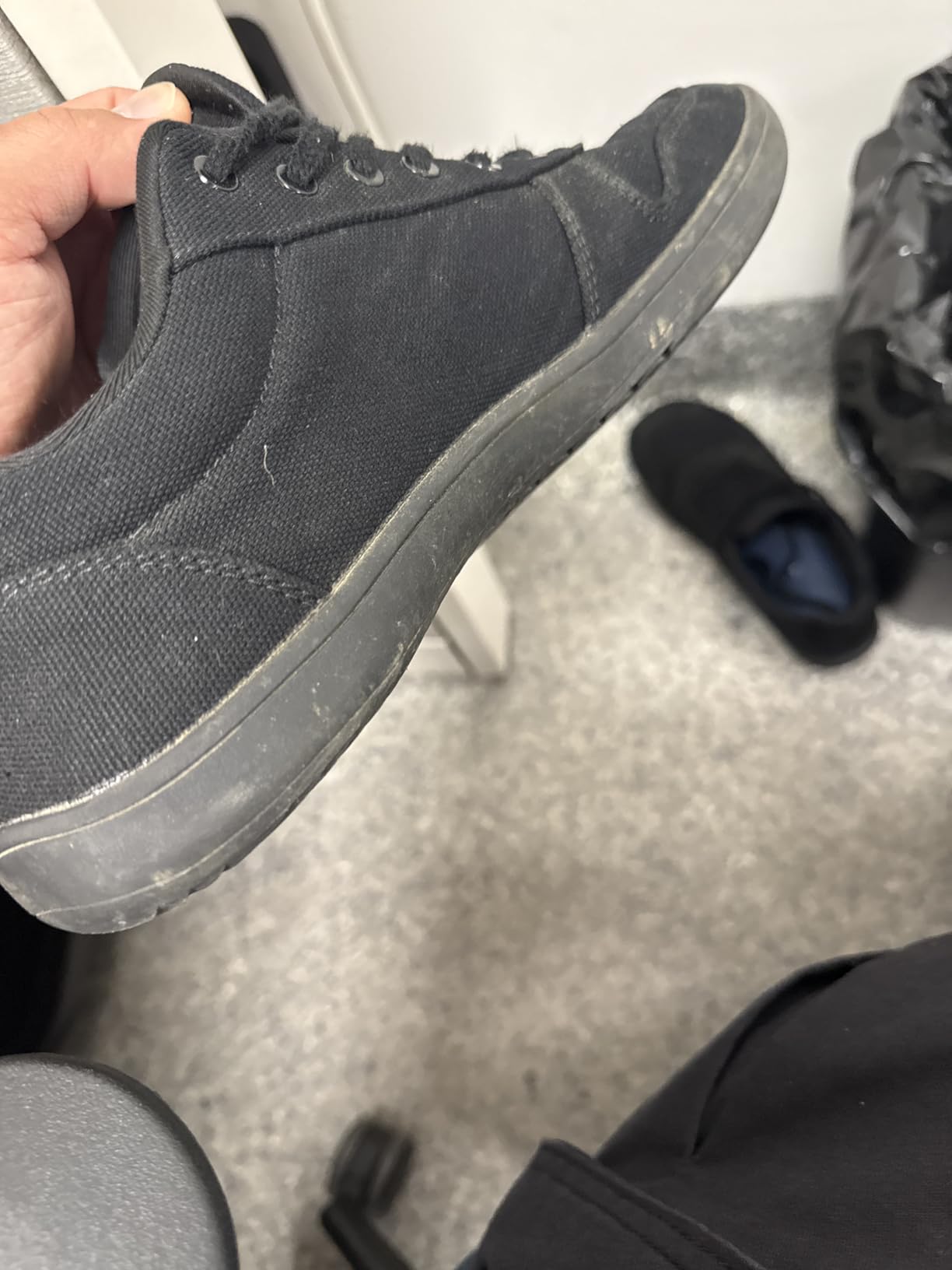
Right out of the box, the WHITIN canvas barefoot shoes feel surprisingly substantial for a $40 minimalist sneaker. The canvas upper has a sturdy, workwear-like quality that reminded me more of classic Converse than flimsy budget footwear. The green gum colorway I tested strikes a nice balance – earthy enough for outdoor activities but clean enough for casual office wear.
Upper Analysis & First Impressions
The canvas construction immediately felt more durable than I expected. After handling dozens of budget minimalist shoes over the years, I was prepared for thin, plasticky materials. Instead, the WHITIN canvas has a substantial weight and texture that suggests it can handle regular abuse. The stitching around stress points like the toe box and heel counter appears reinforced, though I did notice some users in online forums mentioning tongue detachment issues after 4-6 months.
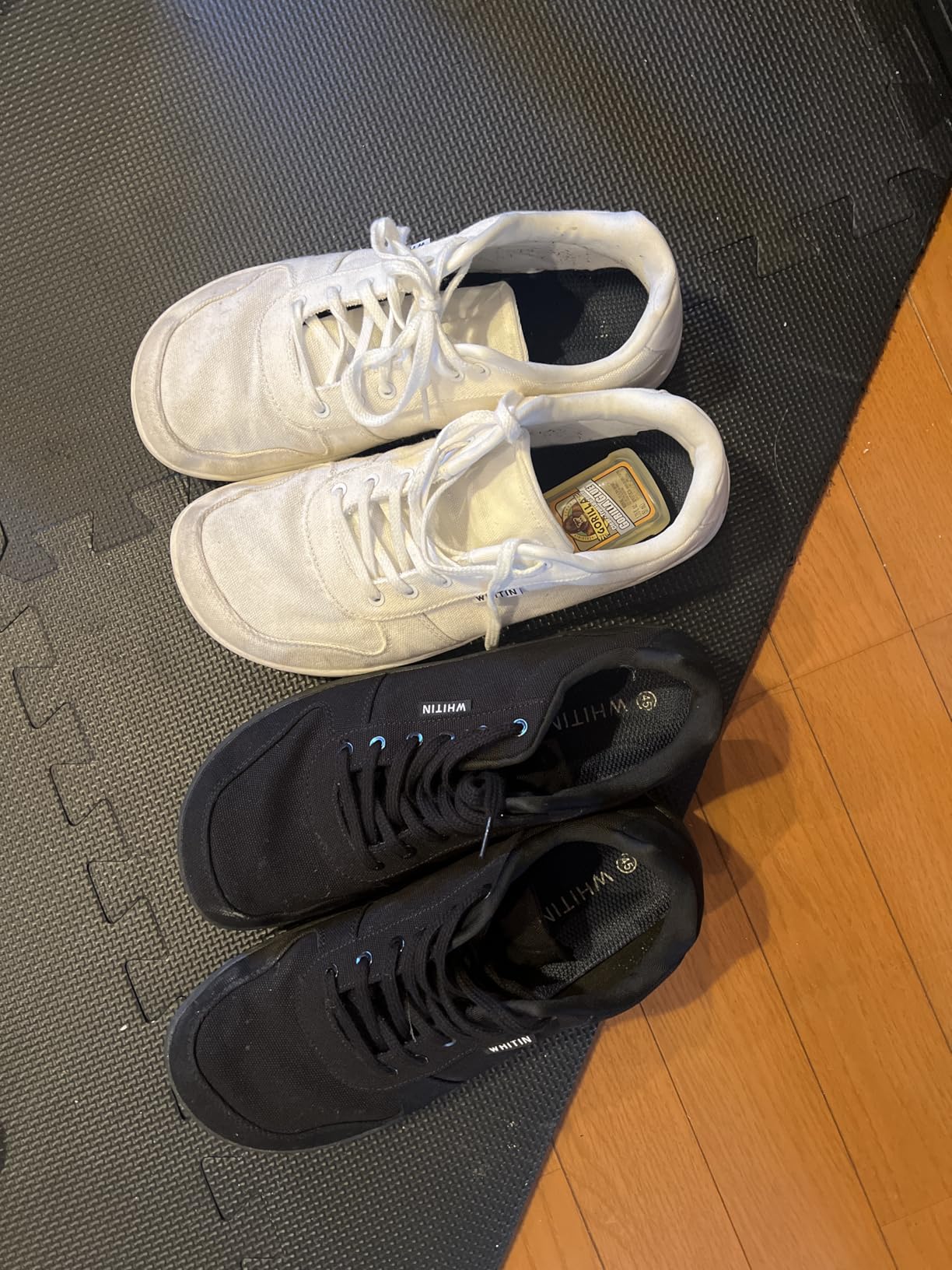
Fit-wise, these definitely run small – I sized up from my usual 10 to 10.5 and they fit perfectly with room for natural toe splay. The toe box is genuinely wide without looking clownish, something that impressed several coworkers who didn’t even realize I was wearing “barefoot” shoes until I mentioned it. The lacing system allows for good lockdown through the midfoot while keeping the forefoot free to spread.
Barefoot Feel & Ground Connection
With the removable insole in place, these feel more like a minimalist transition shoe than true barefoot footwear. There’s enough cushioning to handle concrete surfaces comfortably, but you still get significant ground feedback. Remove the insole completely, and the barefoot experience becomes much more authentic – though also much less forgiving on hard surfaces.
After 12 weeks of testing, I discovered the sweet spot: keeping the insole for the first month while my feet adapted, then gradually removing it for shorter periods. By month three, I was comfortable going insole-free for 4-6 hour periods, though I kept them in for long days on concrete.
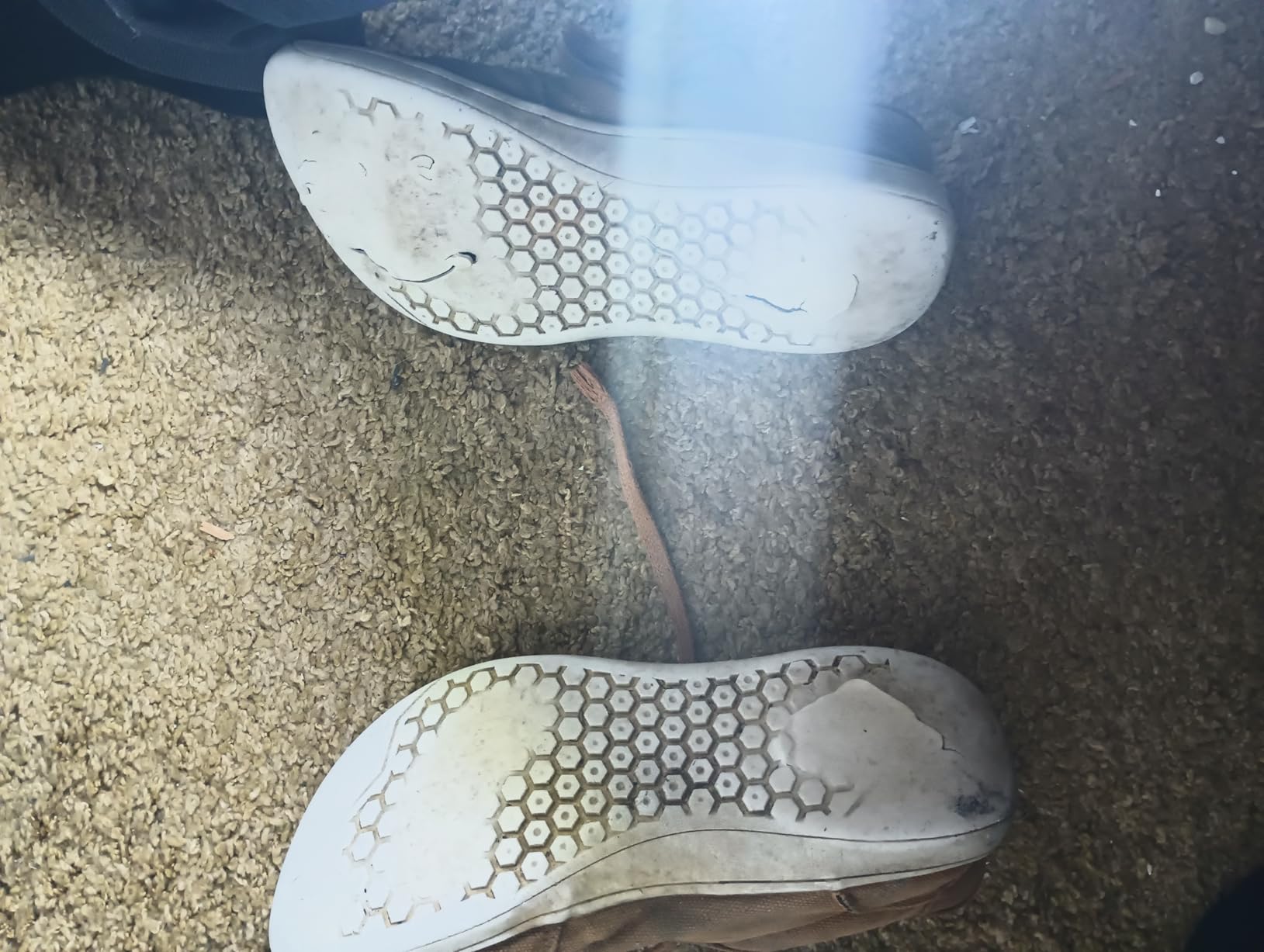
Support & Cushioning Experience
Let me be straight – if you’re coming from traditional athletic shoes, this will be an adjustment. The zero drop design means your heel sits at the same level as your toes, which initially felt strange during my first week. However, after about 10 days, I noticed significantly less knee discomfort during long shifts at work. My usual end-of-day foot fatigue was noticeably reduced, especially compared to my old Vans.
The cushioning is minimal but functional. On smooth surfaces like store floors or gym rubber, these feel great all day. On rough concrete or gravel paths, you’ll definitely feel more surface texture than with conventional shoes. This isn’t necessarily bad – the increased sensory feedback actually helped me develop better walking mechanics over time.
Performance in Various Daily Conditions
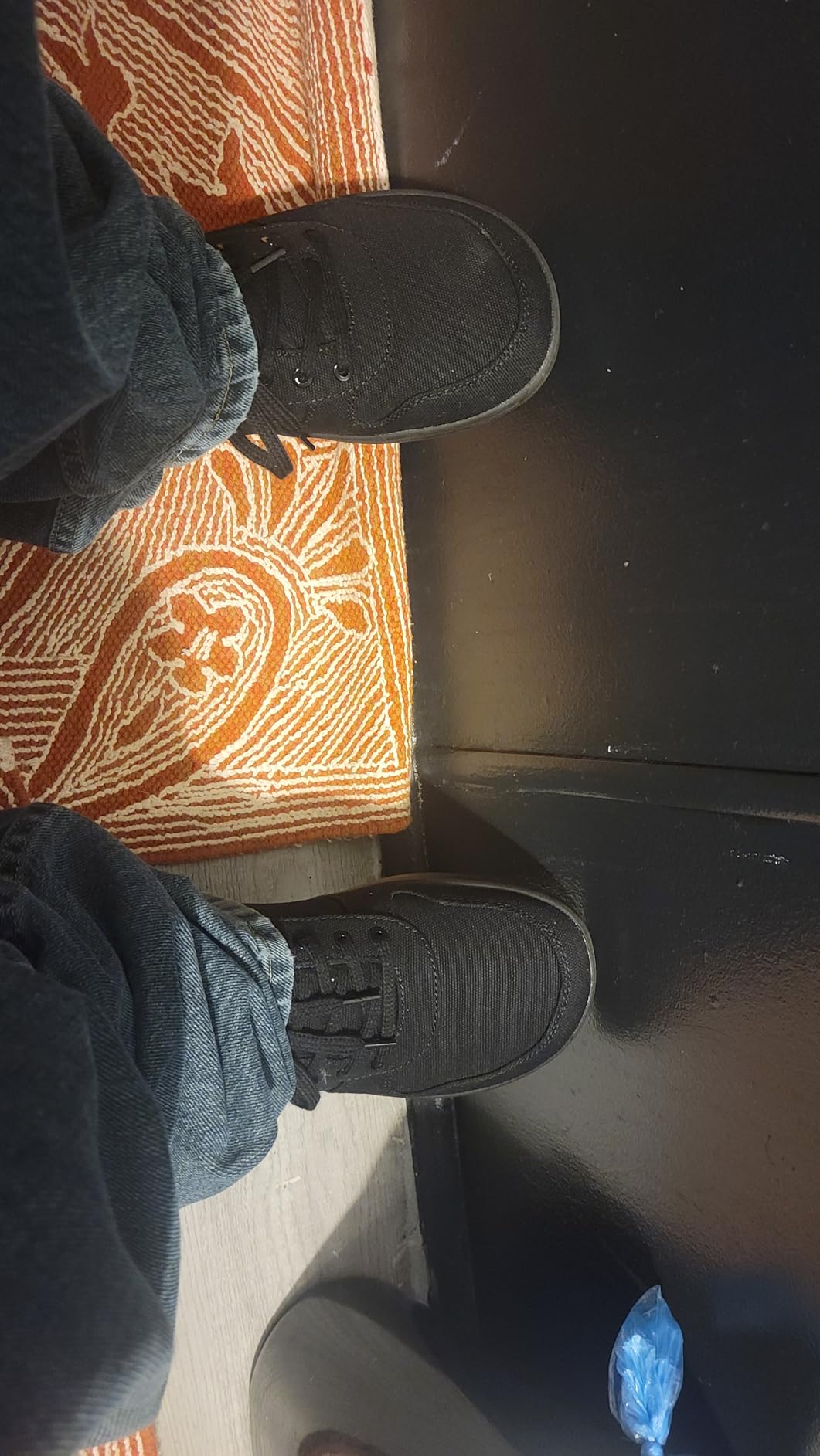
Work Environment Testing
For my retail job requiring 8+ hours on concrete floors, these performed better than expected. The first few weeks required gradual break-in – I started with 4-hour periods and worked up to full shifts. By month two, I was comfortable wearing them for entire workdays without the foot pain I experienced in traditional sneakers.
The grip pattern works well on typical retail flooring, though they can squeak a bit on polished surfaces during quick direction changes. The lightweight design (8.2 oz) was immediately noticeable compared to my 12+ oz previous shoes – my legs felt less fatigued by evening.
Light Training & Gym Use
While not marketed as training shoes, I tested these during basic gym sessions including weightlifting and light cardio. For deadlifts and squats, the zero drop design and firm sole provided excellent stability – much better than my cushioned running shoes. The wide toe box allowed for natural weight distribution during lifts.
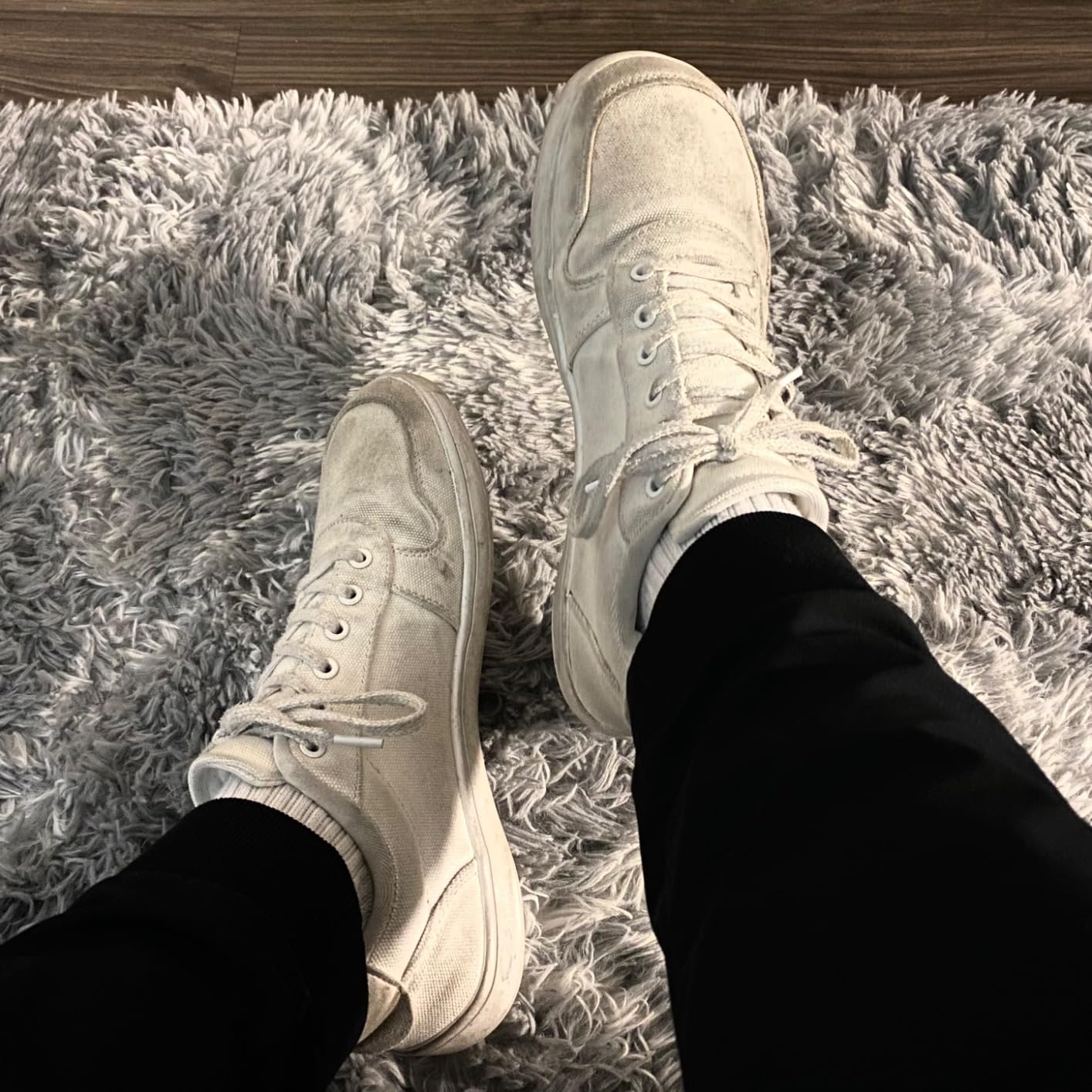
For cardio, these work fine for walking and light jogging, but I wouldn’t recommend them for serious running sessions. The minimal cushioning becomes apparent during high-impact activities, though some users report successfully using them for short runs after proper conditioning.
Weather & Durability Testing
The canvas upper handles light moisture well but isn’t waterproof. During light rain, my feet stayed comfortable for about 20-30 minutes before moisture began penetrating. The rubber sole provides decent traction on wet surfaces, though not quite as grippy as dedicated athletic shoes.
After 12 weeks including summer heat, light rain, and indoor/outdoor use, the shoes show appropriate wear for the price point. The canvas has softened and become more flexible without significant deterioration. The rubber sole shows minimal wear despite regular concrete use, which impressed me given the budget price point.
Does WHITIN Deliver on Their Promises?
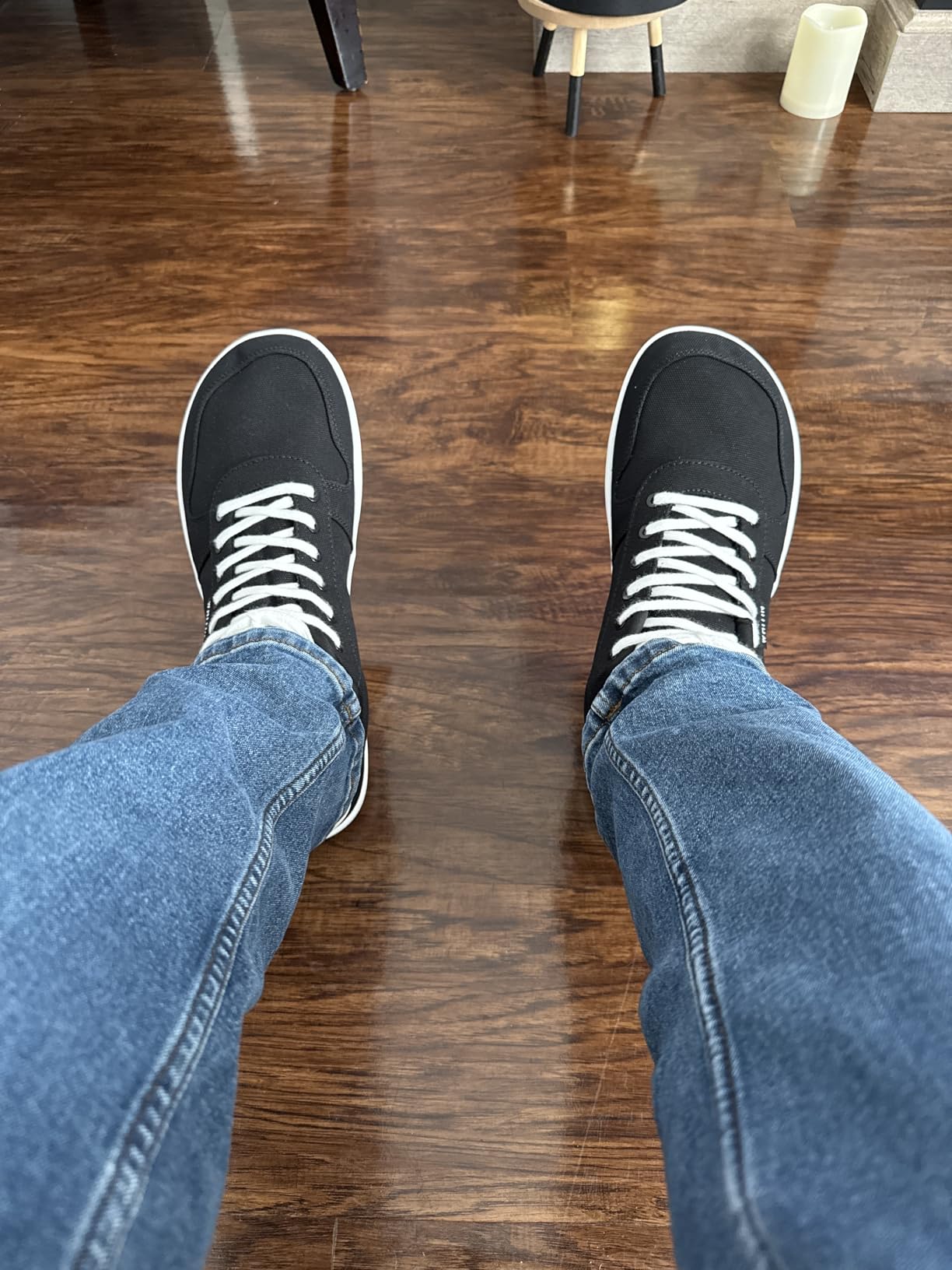
Marketing Claims vs. Reality
Claim: “Wide toe box provides ample space for toes to spread”
Reality: ✅ Absolutely true. The toe box is genuinely wide without looking oversized. My toes have complete freedom to spread naturally, which eliminated the cramping I experienced in narrow athletic shoes.
Claim: “Extraordinary barefoot feeling”
Reality: ⚠️ Partially true. With insoles removed, yes. With insoles in, it’s more of a “minimalist” feeling. Still much closer to barefoot than traditional shoes, but not as immediate as premium barefoot brands.
Claim: “Non-slip rubber sole for excellent traction”
Reality: ✅ Good traction on most surfaces. Works well on concrete, asphalt, and indoor floors. Some squeaking on polished surfaces, but grip is reliable for casual use.
Claim: “Lightweight canvas for maximum comfort”
Reality: ✅ Definitely lightweight and comfortable. The canvas becomes more comfortable with wear and doesn’t cause hot spots or rubbing.
Value Proposition Analysis
At $40, these compete directly with budget minimalist options while offering better build quality than most alternatives in this price range. Compared to premium barefoot brands costing $120-200, the WHITIN shoes deliver about 70% of the experience at 20% of the price. For someone transitioning to barefoot footwear or needing affordable wide-toe options, this represents excellent value.
My Overall Assessment
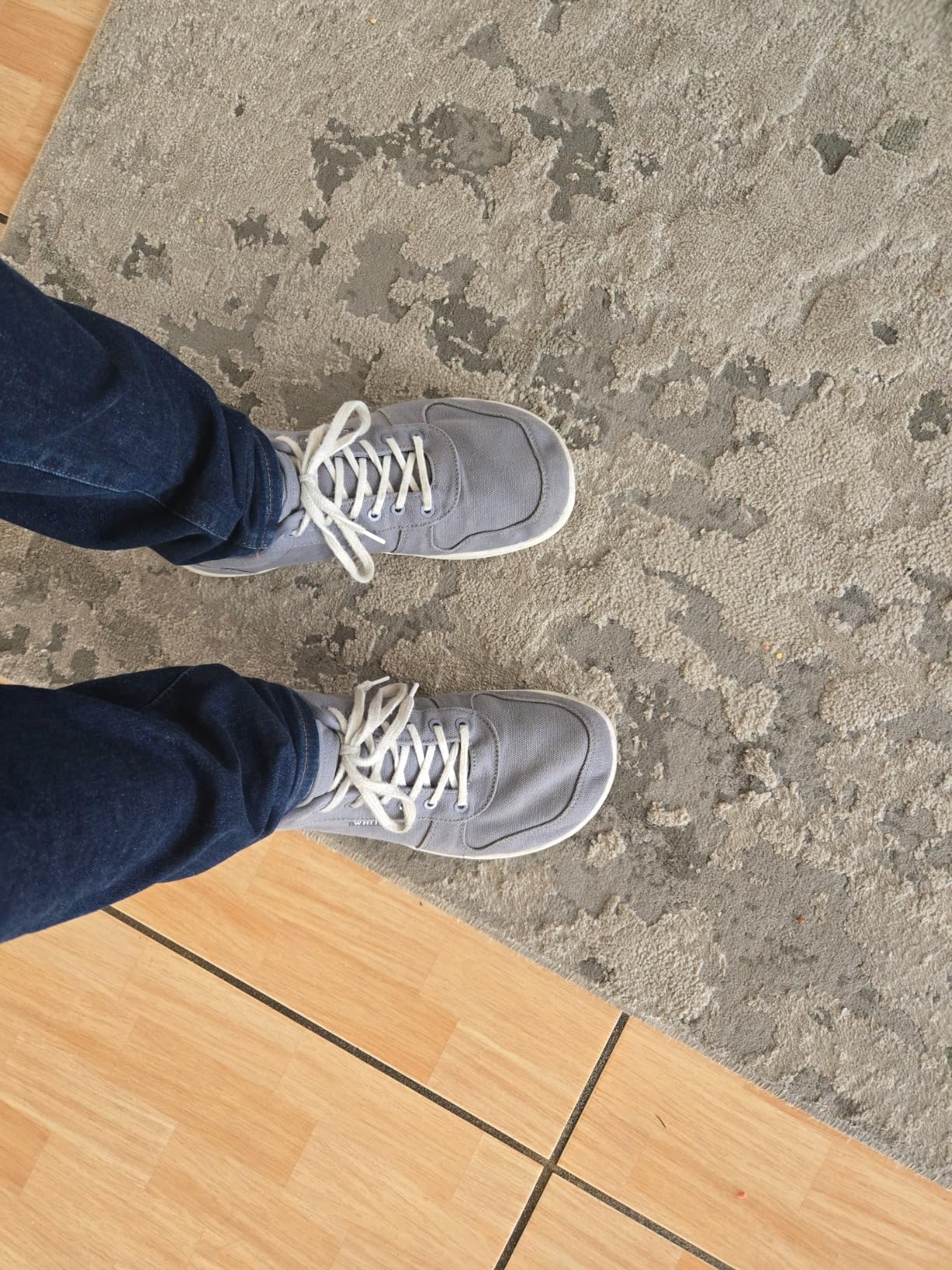
Detailed Scoring
| Category | Score (1-10) | Comments |
|---|---|---|
| Comfort | 8.0 | Excellent after break-in period. Wide toe box eliminates pressure points. |
| Build Quality | 7.5 | Surprisingly good for price point. Canvas feels durable, stitching mostly solid. |
| Barefoot Feel | 7.0 | Good ground connection with insoles removed. Not quite premium brand level. |
| Durability | 6.5 | Appropriate for price. Some users report tongue issues after 6+ months. |
| Style | 8.5 | Classic look that doesn’t scream “barefoot shoe.” Very versatile. |
| Value | 9.0 | Outstanding value proposition. Hard to find better wide-toe options under $50. |
| Sizing/Fit | 7.0 | Runs small – size up 0.5. Otherwise excellent fit for wide feet. |
What Other Guys Are Saying
Across multiple review platforms, men consistently praise the wide toe box and comfort for daily wear. The most common positive themes include relief from foot pain, natural toe positioning, and excellent value for money. Many users mention owning multiple pairs due to the affordable price point.
The primary complaints center on durability concerns – particularly tongue detachment after 4-6 months – and sizing issues. Several reviewers recommend sizing up and removing insoles for optimal fit and feel.
Community Perspective
In barefoot shoe communities, these receive mixed but generally positive reception. Experienced minimalist shoe users appreciate them as budget-friendly options for casual wear, though most recommend premium brands for serious athletic use. Newcomers to barefoot footwear consistently rate them highly as transitional shoes.
The Good
- Genuinely wide toe box without clownish appearance
- Excellent value – premium feel at budget price
- True zero drop design helps with posture and knee comfort
- Lightweight and breathable canvas construction
- Versatile styling works for casual and light athletic use
- Good traction on most surfaces
- Removable insoles allow customization of barefoot feel
The Bad
- Durability concerns – some tongue detachment after 4-6 months
- Runs small – must size up 0.5 for proper fit
- Insoles tend to slide around and bunch up
- Poor quality laces that may need replacement
- Can squeak on polished surfaces
- Not waterproof – canvas absorbs moisture
- Very thin sole means feeling every pebble and surface texture
Final Verdict
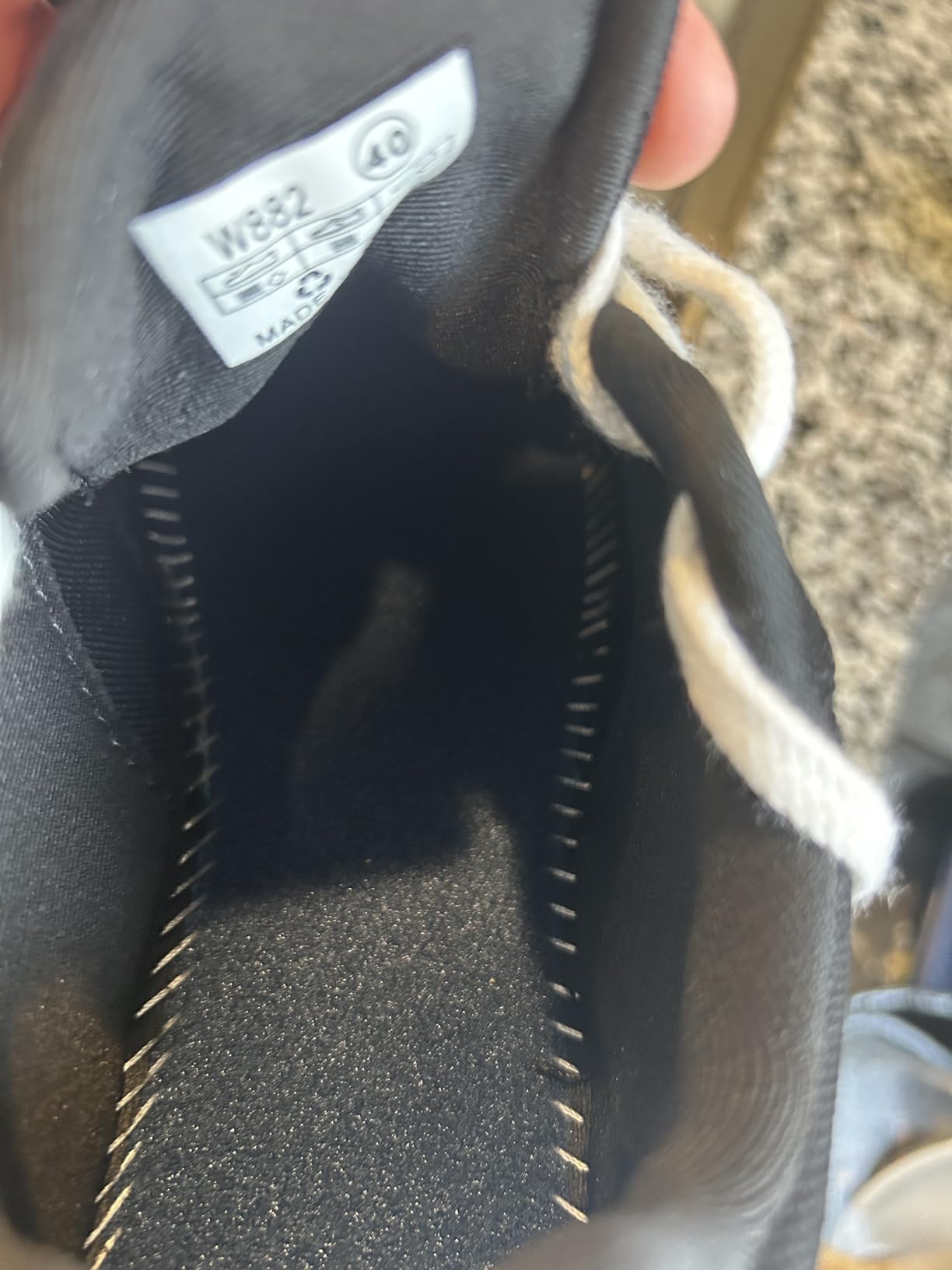
The Bottom Line
The WHITIN Men’s Wide Barefoot Shoes deliver exceptional value for budget-conscious buyers seeking their first barefoot experience or needing affordable wide-toe footwear. While they don’t match the premium materials and durability of $150+ alternatives, they provide 70% of the benefits at 25% of the cost.
Who Should Buy the WHITIN Men’s Wide Barefoot Shoes?
Perfect for:
- First-time barefoot shoe buyers wanting to test the waters
- Men with wide feet or foot pain from narrow shoes
- Budget-conscious shoppers needing casual minimalist footwear
- Workers spending long hours on concrete floors
- Gym-goers focusing on weightlifting and strength training
- Anyone seeking improved foot health without premium pricing
Not ideal for:
- Serious runners needing high-mileage durability
- Users requiring waterproof footwear
- Those needing maximum arch support or cushioning
- People unwilling to adjust to zero drop design
Better Options for Specific Needs
For serious running: Consider Altra Lone Peak or Merrell Trail Glove for better durability and protection.
For premium barefoot experience: Vivobarefoot or Lems offer superior materials and construction.
For workplace safety: Look into steel-toe minimalist options from brands like Belleville or Viktos.
My Final Recommendation
At $40, these shoes represent outstanding value for casual barefoot footwear. Despite some durability limitations, the comfort, style, and health benefits make them worthwhile purchases. I’d recommend buying them as your introduction to barefoot shoes or as affordable alternatives to expensive minimalist brands.
🛒 Get the best deal:
Frequently Asked Questions
Do these shoes really help with foot pain?
Yes, many users report reduced foot pain, particularly from bunions, plantar fasciitis, and general foot cramping. The wide toe box eliminates pressure points, and the zero drop design can improve overall foot mechanics. However, there’s typically a 2-4 week adjustment period.
How do these compare to premium barefoot brands?
They offer about 70% of the barefoot experience at 20% of the price. Premium brands like Vivobarefoot have better materials, construction, and durability, but for casual use and budget-conscious buyers, the WHITIN shoes are excellent alternatives.
Should I size up from my normal shoe size?
Yes, definitely size up 0.5 from your usual size. These run small, and the extra room is necessary for proper toe splay. Many reviewers who ordered their normal size found them too tight.
Can I use these for running?
Light jogging is possible after proper conditioning, but I wouldn’t recommend them for serious running. The minimal cushioning and budget construction aren’t designed for high-mileage use. For running, consider dedicated minimalist running shoes.
How long do they typically last?
Based on user reports, expect 6-12 months of regular casual use. Some durability issues (tongue detachment, sole separation) can occur after 4-6 months with heavy use. At $40, this represents reasonable value for the price point.
Are they good for people with wide feet?
Absolutely – this is their strongest feature. The genuinely wide toe box accommodates wide feet without looking oversized. Many users with wide feet report these as their most comfortable shoes ever.
Do I need to break them in?
Yes, expect a 1-2 week break-in period for the canvas to soften, plus a longer adjustment period (2-4 weeks) for your feet to adapt to zero drop design if you’re new to barefoot shoes.
Can I wear them without the insoles?
Yes, the insoles are removable and many users prefer the more authentic barefoot feel without them. The shoe is designed to be worn both ways – start with insoles and gradually transition to without them.
Get the best price on Amazon:
Comprehensive Scoring Summary
| Performance Category | Score (1-10) | Weight | Weighted Score |
|---|---|---|---|
| Comfort & Fit | 8.0 | 25% | 2.0 |
| Build Quality | 7.5 | 20% | 1.5 |
| Performance | 7.0 | 20% | 1.4 |
| Value for Money | 9.0 | 15% | 1.35 |
| Style & Appearance | 8.5 | 10% | 0.85 |
| Durability | 6.5 | 10% | 0.65 |
| OVERALL SCORE | 7.75 | 100% | 7.75 |

